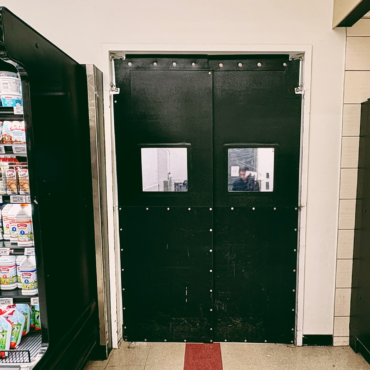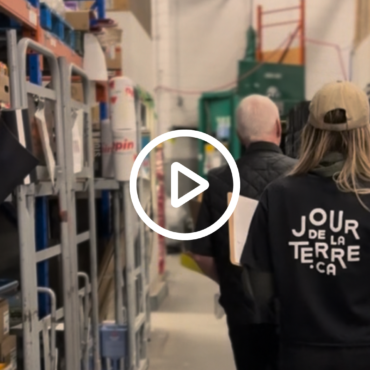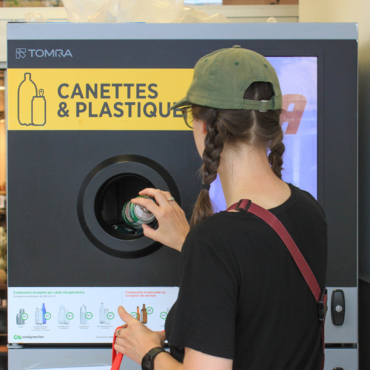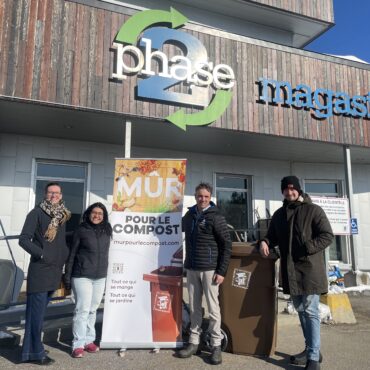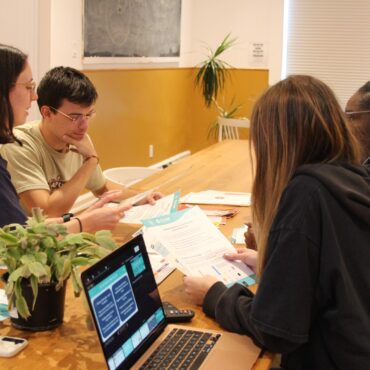Blog & News
Reduction
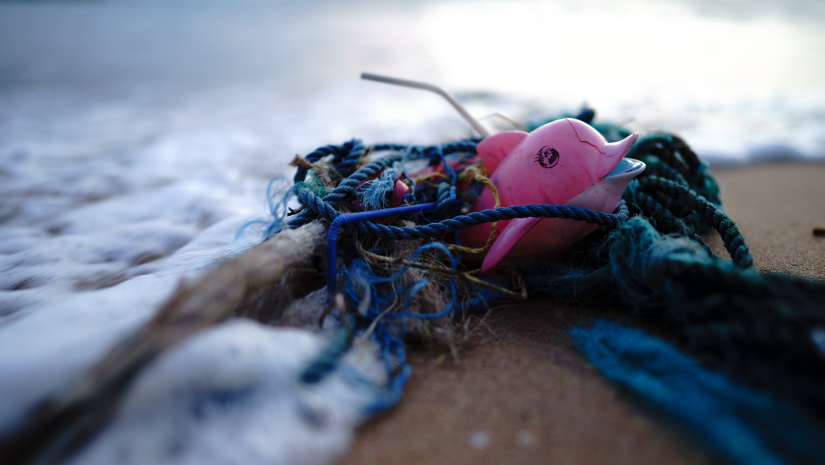
A few years ago, I had the opportunity to spend 3 days on a boat in the open sea. All around me was water as far as the eye could see. After three days on the ship, my eyes finally opened to the beauty, the immensity and the key role the ocean plays in sustaining life on our planet. And from the boat, I saw what we have allowed to float through it for too long, our waste.
Composed mainly of hydrocarbons, organic pollutants, toxic substances, heavy metals and of course, plastic, the majority of this waste does not come directly from coastal areas or boats. In fact, 80% of marine pollution is generated by the continents and drained inland to the oceans. This forces us to face a disconcerting fact: when I throw things out in Canada, I’m throwing things into the ocean as well.
Throwing away here, is polluting over there
Once in the landfill, most of the materials that make up our waste decompose and disintegrate, releasing toxins, which are then carried away by leachate. This residual liquid from the waste seeps into the soil and water and eventually ends up in a waterway where it will permanently disturb the balance.
There’s also plastic, which breaks up and splits almost infinitely. The largest pieces are likely to end up collected in one of the five oceanic waste soups, the largest of which, in the North Pacific, is the size of Quebec. In the form of microbeads invisible to the naked eye, it pollutes our washing water, bottled water and just about any liquid that has been in prolonged contact with some form of plastic. It then ends up contaminating the entire marine food chain, starting with the smallest organisms responsible for filtering ocean water.
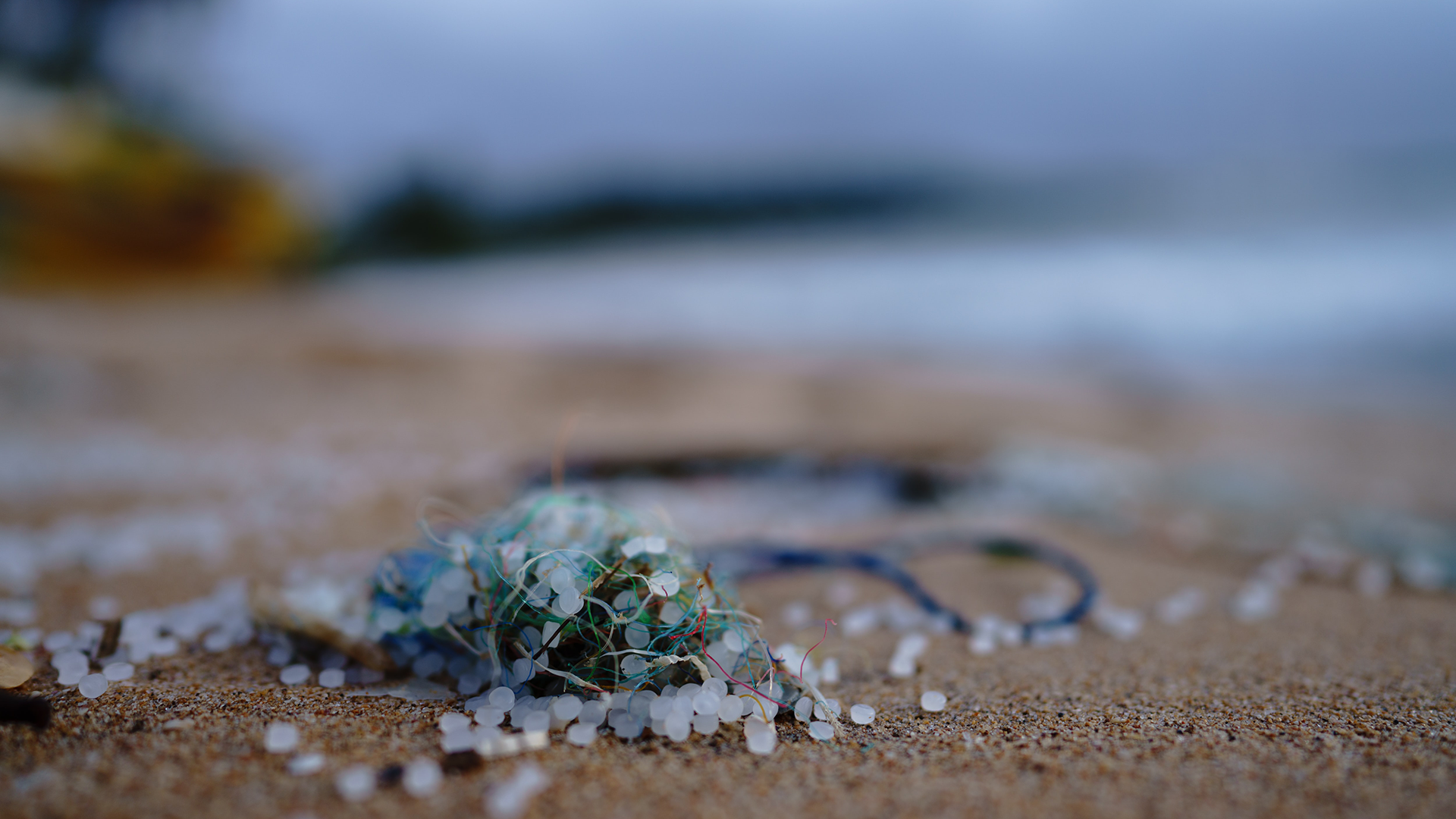
The recycling industry has also contributed to the problem since Quebec has been sending its recyclable materials to Asia for a very long time to avoid the costly development of a waste recovery industry. That is, until China banned influx of these contaminated and low-quality bales in 2017. Our poor sorting was therefore directly responsible for the contamination of Asian rivers, 15 of which are in the top 20 plastic-carrying rivers in the world.
Consequently, as consumers, we share responsibility in this massive pollution. The good news is that we also have access to a range of alternatives to reduce it!
Cut it off at the source
A large part of the problem lies, of course, at the source. Throughout the life cycle of everything we consume, huge quantities of waste are produced. Thus, since consumption inevitably rhymes with waste, it is the source of waste that must be tackled in order to reduce our waste:
- Ask yourself the big question, “Do I really need this?” At the root of the problem is our frenzy to buy what we don’t really need. Questioning the purchase by rethinking our consumer reflexes can be very beneficial to the ocean and also for our wallets, for example, when faced with an eye-catching ad on social media.
- Opt for repairing, renting, borrowing or exchanging services on the assumption that someone around you probably has what you’re looking for. There are also service exchange groups and object sharing cooperatives, as well as repair workshops in Toronto, Ottawa, Calgary, Vancouver, Charlottetown, Halifax and many more.
- Explore thrift shops and secondhand stores: A secondhand item has a lower footprint than if it had been produced new because it divides an existing environmental impact rather than creating a new one. This extends the life of objects by delaying their disposal. Buying clothes at thrift stores has become a habit for me since I found my graduation dress there 20 years ago.
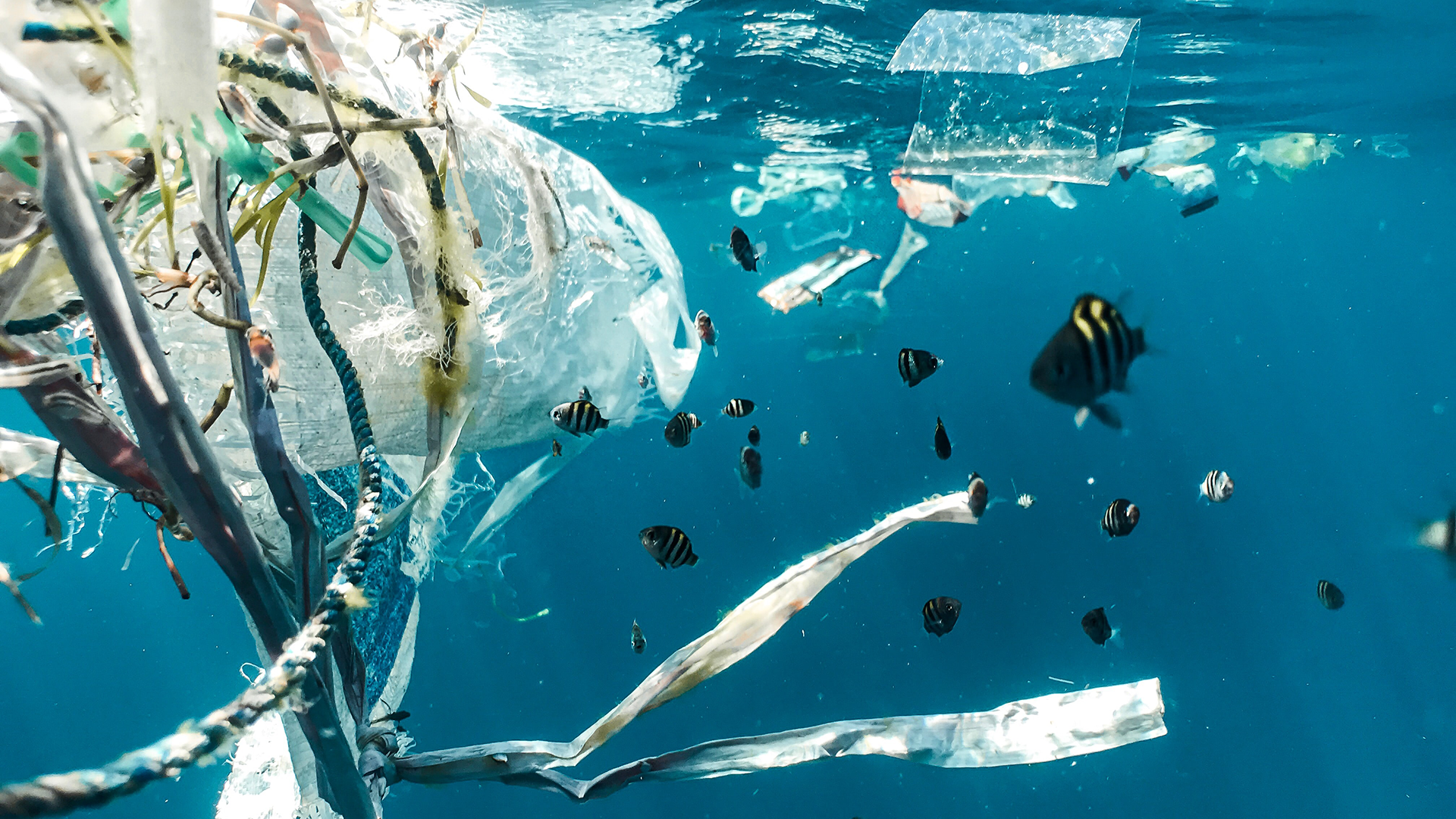
- Shop zero-waste grocery stores: By bringing and filling our own containers, we prevent packages and containers from filling our landfill. Personally, paying by weight makes me monitor the quantities I use, and I often avoid wasting. So, I reduce both ways!
- Use eco-friendly products: Since purification systems are not infallible, the composition of materials has a huge impact. ou can therefore choose natural fibers and adopt filter bags, such as Guppyfriend, which collects the microplastics from our synthetic fibres directly in the washing machine! Also, choose environmentally friendly options for your cleaning products and cosmetics that end up in waterways.
Redirecting your waste
Whether we like it or not, our things end up being useless or inadequate for their original purpose eventually. Nonetheless, we can prevent them from ending up in a landfill and thus the eventual contamination of our oceans:
- Give a second life to your things through reuse. If you have a creative mind like me, scrap is an eclectic and flexible medium for artistic creation. For the more enterprising, communities like Precious Plastic can guide you through the transformation of certain materials.
- Visit an ecocentre where you can leave construction debris, paint, wood, cooking oil, old scrap metal, batteries, etc. Take a look at your waste, prepare new ‘garbage cans’ (small or large) to collect your recyclable waste and check your municipality’s website!
- Learn about specific collections, which seek hazardous or problematic materials.For example, think of ‘Take back the light’ for neon lights and mercury bulbs, battery boxes or ‘Return it’ for electronic devices. Good to know: many merchants will take back some of the items they sell such as propane tanks, paint cans and spray cans, medication, etc.

By learning about the long cycle of waste, we come to think of the object as a material with its short- and long-term environmental properties. And the change of habits comes naturally. It’s enough to break the ice.
Sources
Marine Plastics, International Union for Conservation of Nature
The Journey Of Plastic Around The Globe, National Geographic
Michipicoten First Nation demands accountability for decades of chemical contamination (Lixiviat), Anishinabek News

Executive Assistant
Yves Gauthier
Lover of the world and its cultures, of green spaces, people, fauna and flora, Yves has always been keen to protect the planet. When this artist isn’t colouring the world with his artwork to share his personal message, he inquisitively explores the unknown to better understand, (or the inspired invents to always do best). With a background in arts, languages and administrative work, he joins the Earth Day Canada team to participate in the awakening of consciousness in regard to the importance of reconnecting to our mother earth.
View all posts...Related posts :
Contact us
Earth Day Canada
5818, boulevard Saint-Laurent
Montréal (Québec) H2T 1T3 Canada
Phone : (514) 728-0116
Toll free : 1 800 424-8758
Fax : (514) 303-0248
Email: hello@earthday.ca
2026 © Earth Day Canada. All rights reserved.
Privacy policy · Terms of use · Trademark
